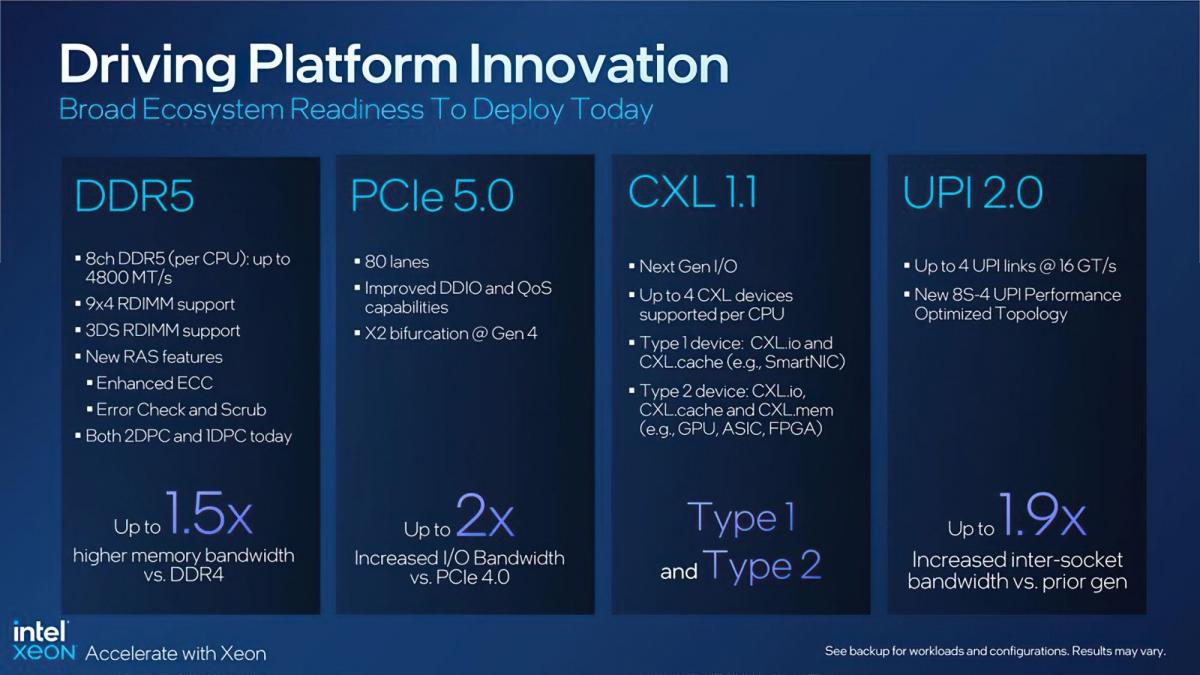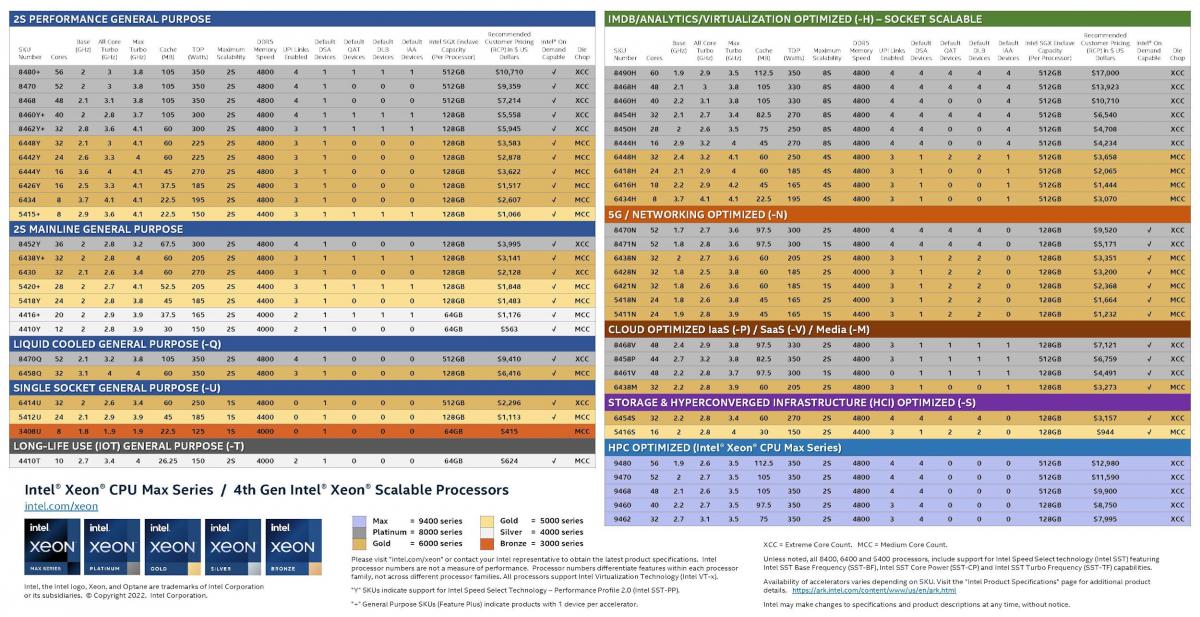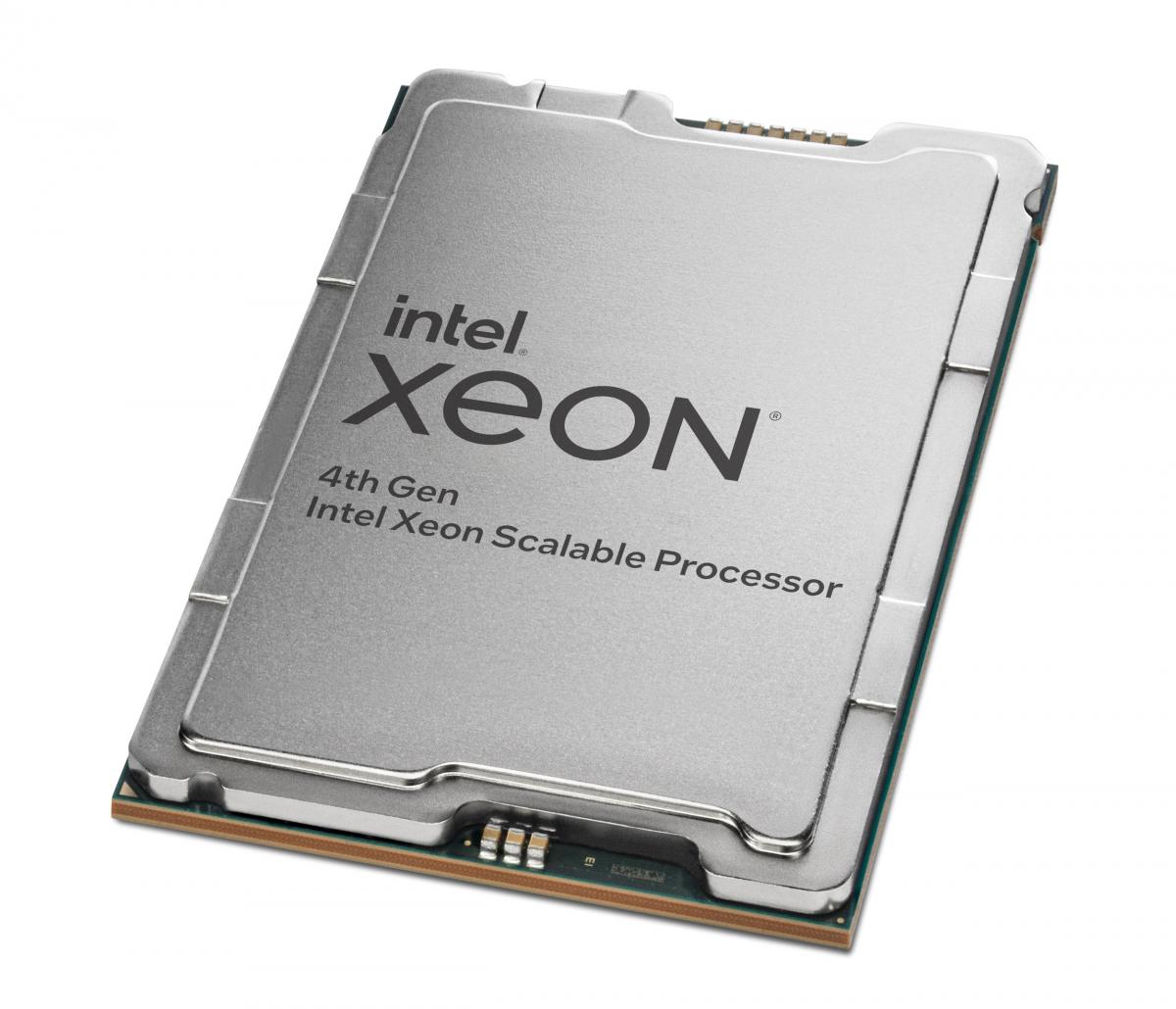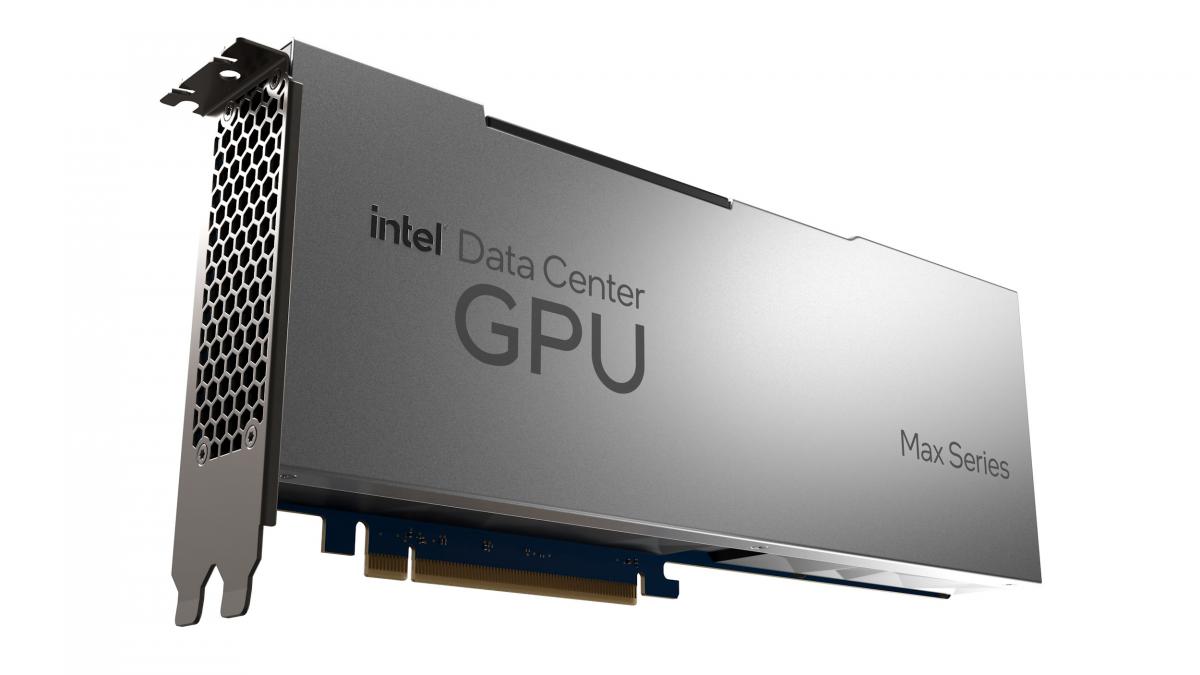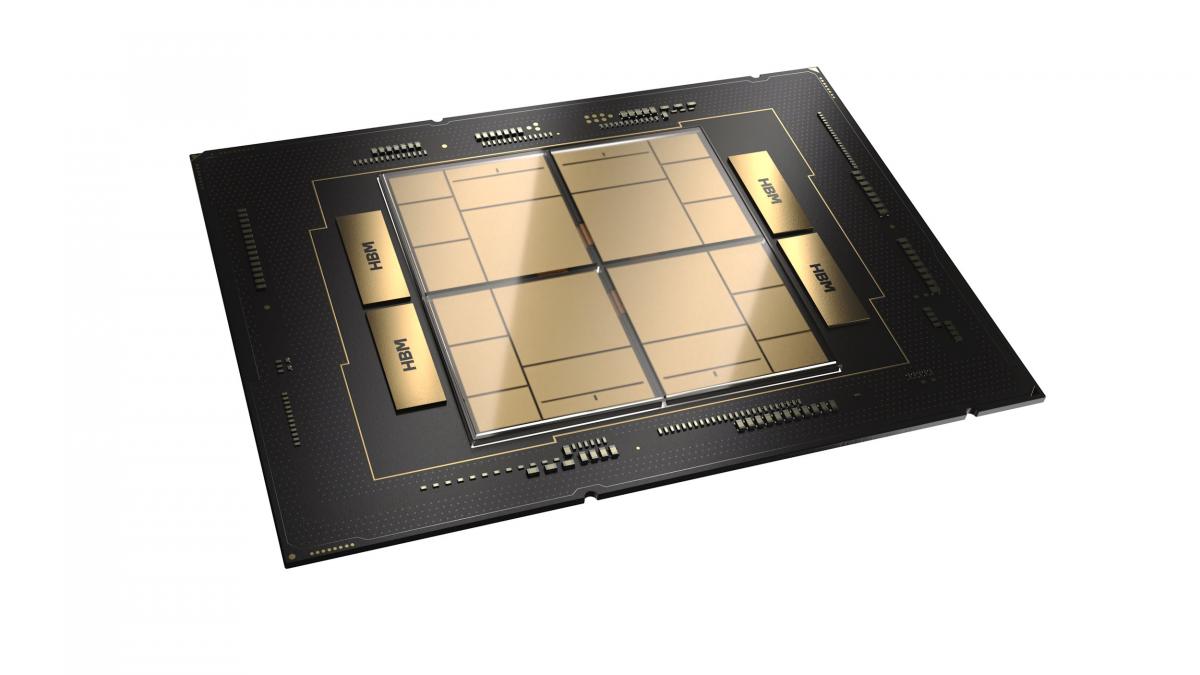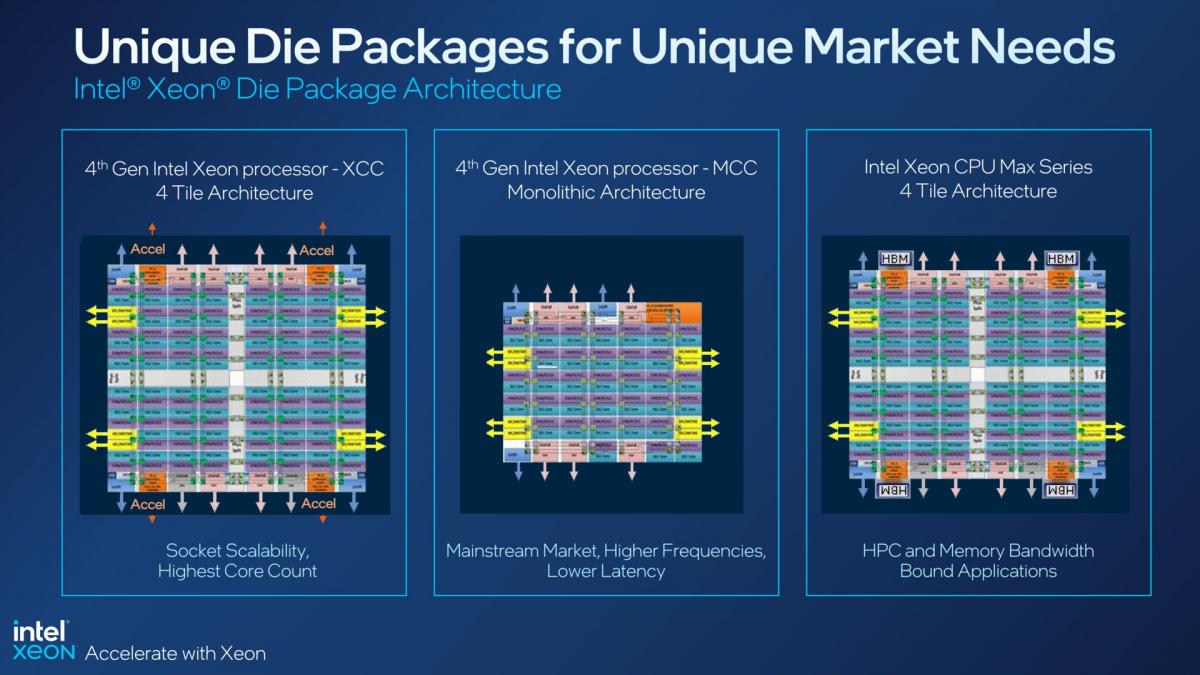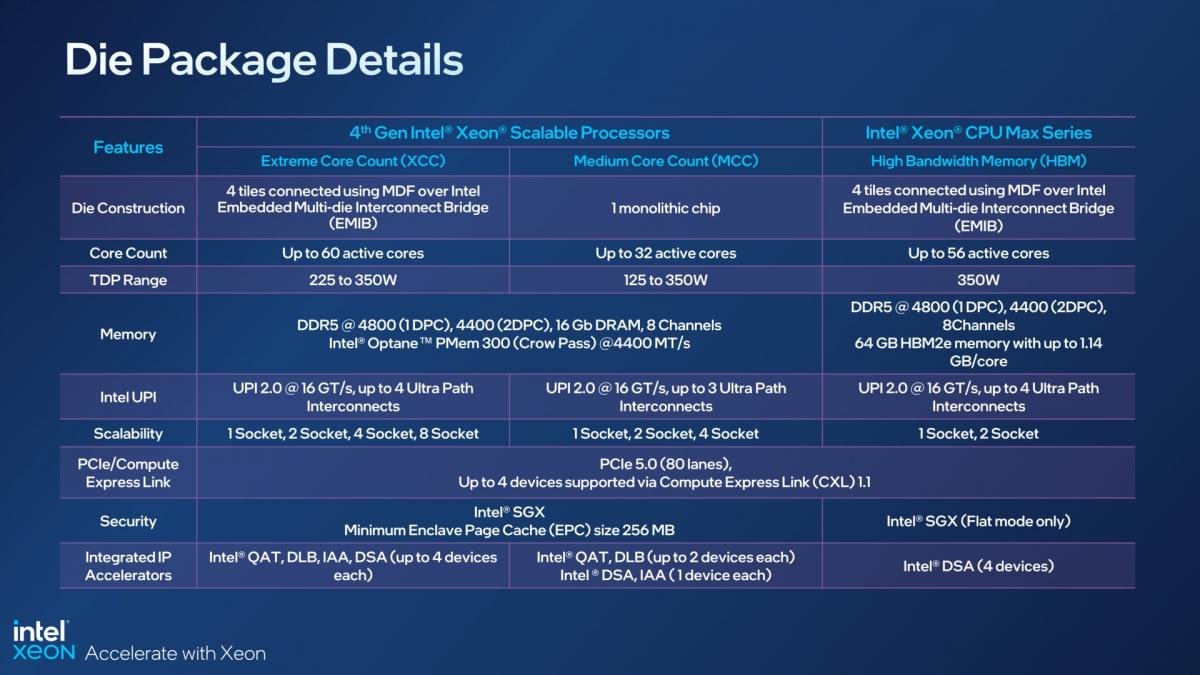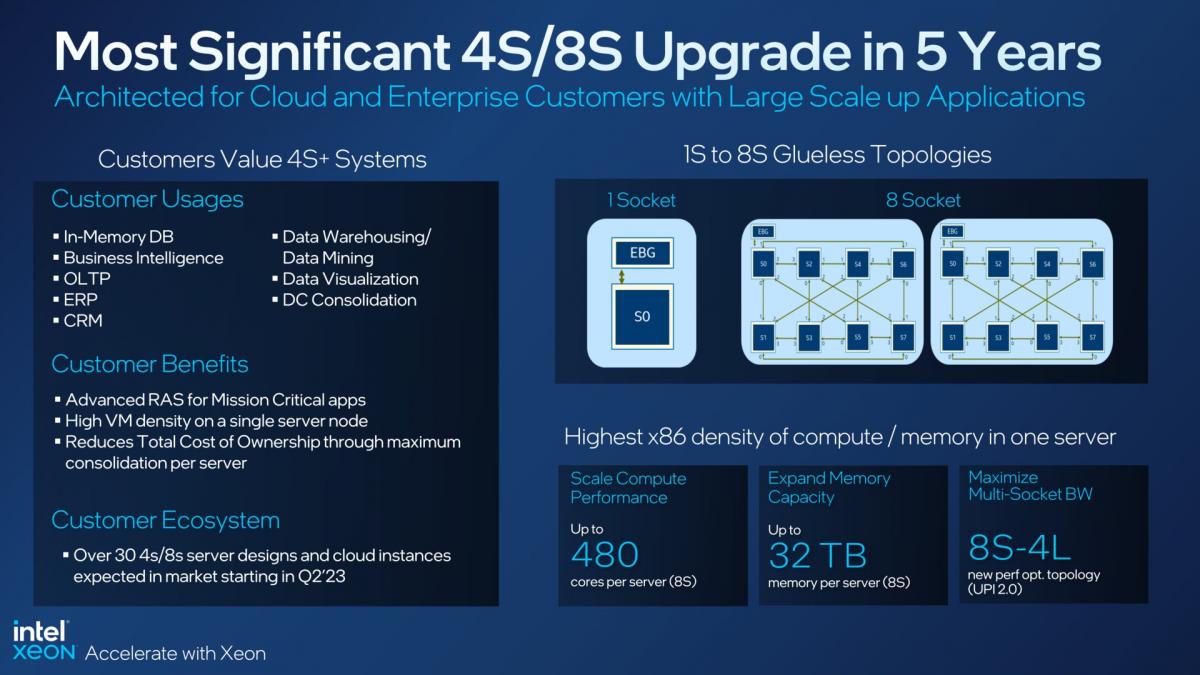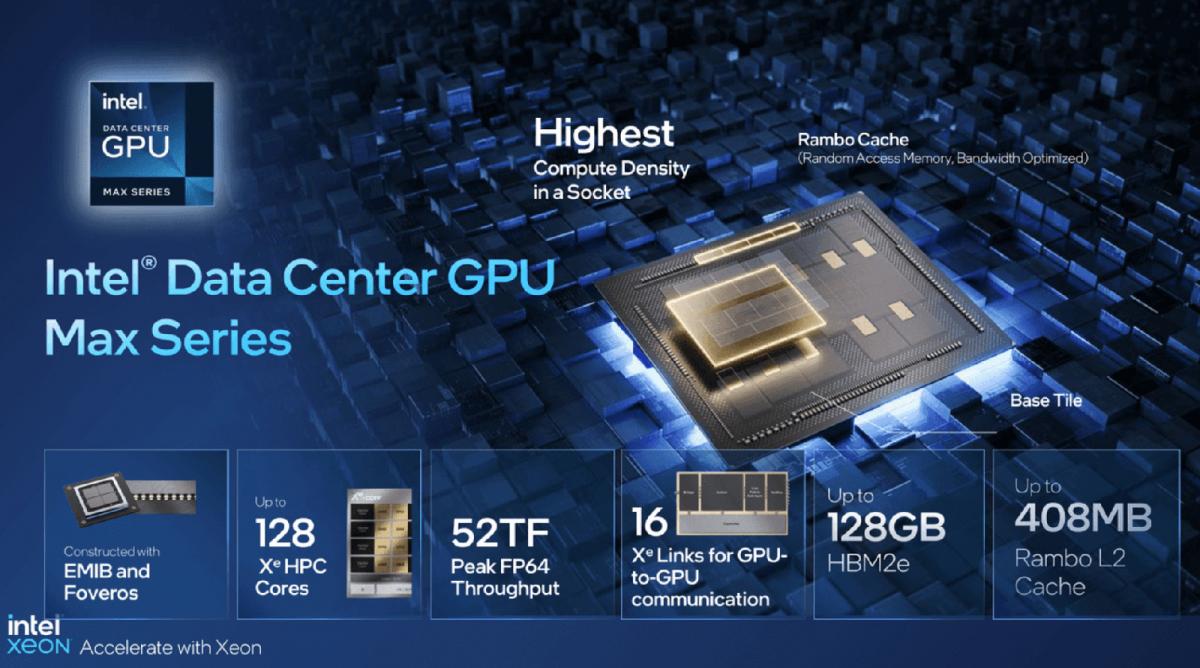Intel will release a flood of new server processors, including 52 different models. New Xeon Max series processors feature on-board HBM and a maximum of 60 cores across four tiles in the top model.
All new Xeons use only P cores, which are architecturally similar to the Raptor Cove cores in the 13th Generation Core processors. The chips have an octa-channel DDR5 memory controller and have 80 PCIe 5.0 lanes. As an added bonus, up to four CXL 1.1 devices, such as accelerators, can be linked.
Working alongside its customers and partners with 4th Gen Xeon, Intel is delivering differentiated solutions and systems at scale to tackle their biggest computing challenges. Intel’s unique approach to providing purpose-built, workload-first acceleration and highly optimized software tuned for specific workloads enables the company to deliver the right performance at the right power for optimal overall total cost of ownership.
Additionally, as Intel’s most sustainable data center processors, 4th Gen Xeon processors deliver customers a range of features for managing power and performance, making the optimal use of CPU resources to help achieve their sustainability goals.
“The launch of 4th Gen Xeon Scalable processors and the Max Series product family is a pivotal moment in fueling Intel’s turnaround, reigniting our path to leadership in the data center and growing our footprint in new arenas,” said Sandra Rivera, Intel executive vice president and general manager of the Data Center and AI Group. “Intel’s 4th Gen Xeon and the Max Series product family deliver what customers truly want – leadership performance and reliability within a secure environment for their real-world requirements – driving faster time to value and powering their pace of innovation.”
Unlike any other data center processor on the market and already in the hands of customers today, the 4th Gen Xeon family greatly expands on Intel’s purpose-built, workload-first strategy and approach.
Leading Performance and Sustainability Benefits with the Most Built-In Acceleration
Today, there are over 100 million Xeons installed in the market – from on-prem servers running IT services, including new as-a-service business models, to networking equipment managing Internet traffic, to wireless base station computing at the edge, to cloud services.
Building on decades of data center, network and intelligent edge innovation and leadership, new 4th Gen Xeon processors deliver leading performance with the most built-in accelerators of any CPU in the world to tackle customers’ most important computing challenges across AI, analytics, networking, security, storage and HPC.
- With the most built-in accelerators of any CPU in the world for key workloads such as AI, analytics, networking, security, storage and high performance computing (HPC), 4th Gen Intel Xeon Scalable and Intel Max Series families deliver leadership performance in a purpose-built workload-first approach.
- 4th Gen Intel Xeon Scalable processors are Intel’s most sustainable data center processors, delivering a range of features for optimizing power and performance, making optimal use of CPU resources to help achieve customers’ sustainability goals.
- When compared with prior generations, 4th Gen Xeon customers can expect a 2.9x1 average performance per watt efficiency improvement for targeted workloads when utilizing built-in accelerators, up to 70-watt2 power savings per CPU in optimized power mode with minimal performance loss for select workloads and a 52% to 66% lower total cost of ownership (TCO)3.
SANTA CLARA, Calif., Jan. 10, 2023 – Intel today marked one of the most important product launches in company history with the unveiling of 4th Gen Intel® Xeon® Scalable processors (code-named Sapphire Rapids), the Intel® Xeon® CPU Max Series (code-named Sapphire Rapids HBM) and the Intel® Data Center GPU Max Series (code-named Ponte Vecchio), delivering for its customers a leap in data center performance, efficiency, security and new capabilities for AI, the cloud, the network and edge, and the world’s most powerful supercomputers.
Working alongside its customers and partners with 4th Gen Xeon, Intel is delivering differentiated solutions and systems at scale to tackle their biggest computing challenges. Intel’s unique approach to providing purpose-built, workload-first acceleration and highly optimized software tuned for specific workloads enables the company to deliver the right performance at the right power for optimal overall total cost of ownership.
Additionally, as Intel’s most sustainable data center processors, 4th Gen Xeon processors deliver customers a range of features for managing power and performance, making the optimal use of CPU resources to help achieve their sustainability goals.
“The launch of 4th Gen Xeon Scalable processors and the Max Series product family is a pivotal moment in fueling Intel’s turnaround, reigniting our path to leadership in the data center and growing our footprint in new arenas. Intel’s 4th Gen Xeon and the Max Series product family deliver what customers truly want – leadership performance and reliability within a secure environment for their real-world requirements – driving faster time to value and powering their pace of innovation.”
— said Sandra Rivera, Intel executive vice president and general manager of the Data Center and AI Group.
Unlike any other data center processor on the market and already in the hands of customers today, the 4th Gen Xeon family greatly expands on Intel’s purpose-built, workload-first strategy and approach.
Leading Performance and Sustainability Benefits with the Most Built-In Acceleration
Today, there are over 100 million Xeons installed in the market – from on-prem servers running IT services, including new as-a-service business models, to networking equipment managing Internet traffic, to wireless base station computing at the edge, to cloud services.
Building on decades of data center, network and intelligent edge innovation and leadership, new 4th Gen Xeon processors deliver leading performance with the most built-in accelerators of any CPU in the world to tackle customers’ most important computing challenges across AI, analytics, networking, security, storage and HPC.
When comparing with prior generations, 4th Gen Intel Xeon customers can expect a 2.9×1 average performance per watt efficiency improvement for targeted workloads when utilizing built-in accelerators, up to 70-watt2 power savings per CPU in optimized power mode with minimal performance loss, and a 52% to 66% lower TCO3.
Most Feature-Rich and Secure Xeon Platform Yet
Signifying the biggest platform transformation Intel has delivered, not only is 4th Gen Xeon a marvel of acceleration, but it is also an achievement in manufacturing, combining up to four Intel 7-built tiles on a single package, connected using Intel EMIB (embedded multi-die interconnect bridge) packaging technology and delivering new features including increased memory bandwidth with DDR5, increased I/O bandwidth with PCIe5.0 and Compute Express Link (CXL) 1.1 interconnect.
At the foundation of it all is security. With 4th Gen Xeon, Intel is delivering the most comprehensive confidential computing portfolio of any data center silicon provider in the industry, enhancing data security, regulatory compliance and data sovereignty. Intel remains the only silicon provider to offer application isolation for data center computing with Intel® Software Guard Extensions (Intel® SGX), which provides today’s smallest attack surface for confidential computing in private, public and cloud-to-edge environments. Additionally, Intel’s new virtual-machine (VM) isolation technology, Intel® Trust Domain Extensions (Intel® TDX), is ideal for porting existing applications into a confidential environment and will debut with Microsoft Azure, Alibaba Cloud, Google Cloud and IBM Cloud.
Finally, the modular architecture of 4th Gen Xeon allows Intel to offer a wide range of processors across nearly 50 targeted SKUs for customer use cases or applications, from mainstream general-purpose SKUs to purpose-built SKUs for cloud, database and analytics, networking, storage, and single-socket edge use cases. The 4th Gen Xeon processor family is On Demand-capable and varies in core count, frequency, mix of accelerators, power envelope and memory throughput as is appropriate for target use cases and form factors addressing customers’ real-world requirements.

